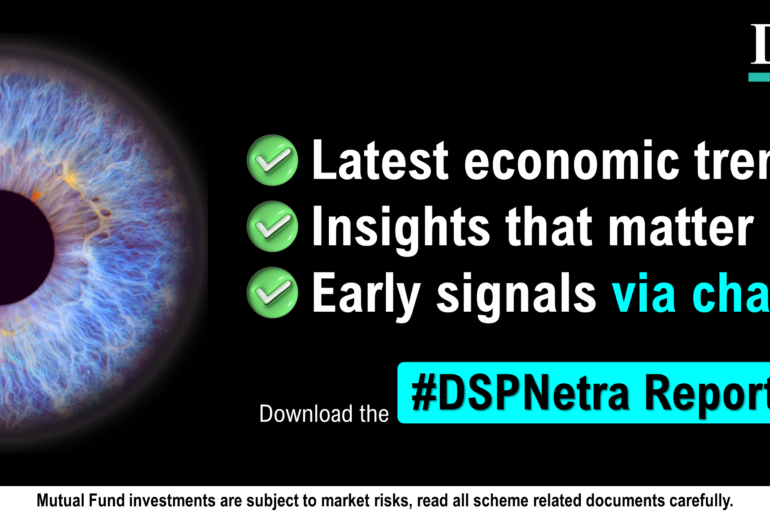Last Updated on Dec 15, 2022 by
One very frequently asked question to any stock market financial advisor is, “When to get into the markets?” followed by other questions like “Markets are at an all-time high; should we wait for some correction?”, “Markets are at an all-time low; should we not wait for a little more correction?”.
One should realise that the only time that matters is how early you start your investing journey, and the amount of time you stay in the market will define how joyful your journey will be. Highly recommend reading it till the end to get a different perspective on the same topic.
The NIFTY has delivered ~130% return from the bottom of March 2020. But even if someone had invested during December 2019, one could still make ~52% kind of return by simply spending time in the market and doing absolutely nothing. Before your mind starts to wonder about the difference between the kinds of returns, just ask yourself whether you would be able to time it in the future. I hope you’re reading this further, only if your answer is “definitely not”.
You can check out the forecast and rating feature on Tickertape Pro, which enhances your research skills. One should analyse markets with the same approach as how one analyses companies.
Table of Contents
Analysing earnings
The markets were at an all-time high in January 2020, when Nifty was at 12,352 and EPS was at Rs. 431, and then entered the bear territory (i.e. falling more than 20-30%) in no time and made a low at 7,500 in March 2020. It is regarded as the fastest fall in the history of stock markets. In July 2021, Nifty 50 was 15,700, and EPS was Rs. 560.
The Nifty 50 doubled in a very short span of time from the lows. At that point, one tends to think that the market is overstretched and has risen way too much. Essentially, the market had grown by 27%, and earnings had increased by 29%, as mentioned earlier. The growth in the market was in tandem with earnings.
Now, in December 2022, Nifty 50 is at 18,609.35, a return of 18.5% from July 2021. Hence, it’s better to understand the drivers of uptrend/downtrend in the market rather than just speculating.
A longer time horizon of drawdowns
Source: Mint Article
The Nifty has experienced double-digit corrections in 18 of the past 20 yrs, with nine of these corrections being 20% or more. On the other side, the Nifty has risen from 1,000 in January 2001 to 17,000 in August 2021 throughout the same time span. Over the past 20 yrs, that’s a 17x return or a compounded return of 15%, easily outperforming all other asset classes, especially on a post-tax basis. There are certain elements which aren’t under our control. But, what one can do to make meaningful returns is to stay invested for a longer period and take advantage of the lows and highs during the investment cycle.
Equity market is all about the highs, the lows, and the glows!
A different perspective on the topic
A different perspective on this topic is to focus on the timing of companies and promoters making capex decisions. Was it done in the downcycle or after an already witnessed upcycle? This also determines the return on investment and management’s understanding of the industry and its working. Rather than timing the market, understand the industry cycles and management’s journey regarding how they performed during different cycles. With prudent industry understanding, one can make tactical allocations to generate that incremental alpha. Spending time on these investment decisions would generate far superior returns than timing the overall markets.
This investing approach has helped us to generate good returns over time. For instance, the Equity Small Cap index in the last year is down by -7.2%. Niveshaay’s Mid-Small Cap focused portfolio on smallcase generated +14.84% simultaneously. Research-based informed investing can generate handsome returns in the long term.
You can create thematic Watchlists on Tickertape. These watchlists will help you track your judgements in the short term. This exercise will help you choose the right companies and help you track their performances over time, and understand how your chosen companies have grown over time.
The bottom line is to research well, allocate right, and sit tight (“time in the market”), resulting in earning bright.
This article was written by Arvind Kothari. He has been practising Equity Research and Investment Advisory for the last 12 yrs and has previously worked with ICICI Bank as an Industry Research Analyst. He then founded Niveshaay Investment Advisors, a SEBI Registered Investment Advisory Firm.
- Government Policy’s Role in Energy and Transportation Opportunities - Nov 6, 2023
- How To Take Advantage of Small-Cap Stocks To Make Good Profits - Apr 12, 2023
- What To Expect From Green Energy Sector in 2023? - Jan 19, 2023



